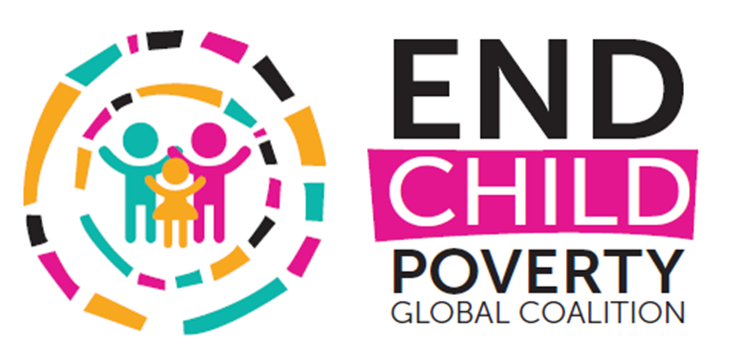Breaking the Cycle: Tackling Child Poverty and Inequities for a Fairer Future
By UNICEF – Sóla Engilbertsdóttir, Charlotte Bilo and Jenn Yablonski
Today more than 300 million children live in extreme poverty, struggling to survive on less than $2.15 per day. Nearly one billion children experience multidimensional poverty – lacking access to essential services like healthcare, education, and proper nutrition. These stark numbers aren’t just statistics; they represent a fundamental challenge to global development and social justice.
A new UNICEF report commissioned by the G20 Development Working Group reveals how certain groups of children are disproportionately affected by poverty and exclusion. Indigenous children, ethnic minorities, children from certain race, young women and girls, and children with disabilities often face compounded disadvantages that limit their opportunities and perpetuate intergenerational cycles of poverty.
The evidence from around the world is clear: inequality starts with the lottery of birth - where and to whom you are born still largely determines your life path. In Latin America, for instance, indigenous and Afro-descendant children face significantly higher poverty rates than their peers. In Europe, Roma children experience severe material deprivation at rates up to four times higher than national averages (see figure 1). In Southeast Asia, ethnic minority children consistently face greater barriers in accessing basic services like water, sanitation, and education.
Figure 1. Material deprivation, children aged 0-17 years, national and Roma Settlements
Source: UNICEF Regional Office for Europe and Central Asia, Breaking Barriers: An analytical report on Roma children and women in Kosovo (UNSCR1244), Montenegro, North Macedonia and Serbia, 2024.
Policy Priorities to Reduce Child Poverty and Inequities
The report stresses that these inequities aren´t inevitable – they stem from structural causes that can be addressed through effective policies. It identifies three key policy areas that have proven particularly effective in reducing child poverty and promoting equity:
First, universal access to quality social services is crucial. This means ensuring all children, regardless of their background, can access education, healthcare, and childcare. Countries like Vietnam have made significant progress by implementing specific programmes for ethnic minority communities, providing free health insurance to approximately 29 million poor individuals and members of ethnic minority groups.
Second, inclusive social protection systems, particularly child benefits, can be transformative. Evidence shows that well-designed cash transfer programmes not only reduce poverty but also improve food security, health outcomes, and educational attendance. However, coverage remains inadequate – globally, only 23.9% of children aged 0-18 receive cash benefits, with even lower rates in low-income countries where the need is greatest.
Third, fiscal policies that prioritize early childhood investments are essential. These investments yield both immediate and long-term benefits, creating a foundation for lifelong success. Yet current spending patterns show a concerning trend – many countries, particularly in low-income regions, invest too little and too late in children’s well-being and development.
“The report emphasizes that addressing child poverty requires a twin-track approach: universal interventions that benefit all children, alongside targeted strategies that meet the unique needs of the most disadvantaged.”
This means not only expanding service coverage but also ensuring these services are culturally appropriate and accessible to marginalized communities.
Take Brazil’s example: their Unified Social Assistance System combines wide coverage with targeted support for vulnerable groups and allows to integrate cash transfers with comprehensive social services. Their social registry, Cadastro Único, enables the government to monitor and address the needs of low-income families holistically, connecting children to various services accross healthcare child protection and education.
The economic case for action is compelling. Early childhood investments can yield returns of up to 7%, often much higher. Progressive taxation can help fund these investments while serving as an equalizer in society.
Looking ahead, the challenge is clear: we must accelerate progress in reducing child poverty and addressing inequities. This requires not only implementing proven policies but also ensuring they reach the most marginalized children. The evidence shows it is possible to break the cycle of poverty – now we need the political will and resource commitment to make it happen.
Jenn Yablonski is the Chief of Child Poverty and Social Protection at UNICEF Headquarters. Sóla Engilbertdóttir is a Social Policy Specialist at UNICEF. Charlotte Bilo is a Child Poverty and Social Protection Consultant at UNICEF.
Read the full paper here: United Nations Children’s Fund, Breaking the Cycle: Tackling Child Poverty and Inequities, UNICEF, New York, 2024.


